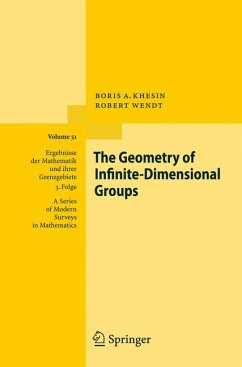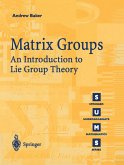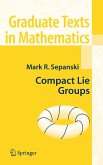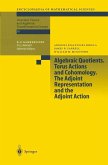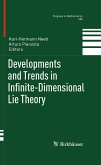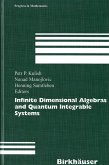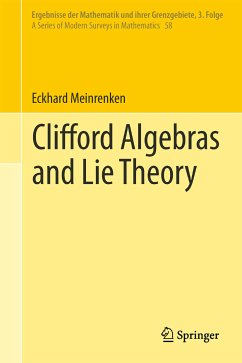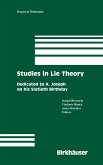The text includes many exercises and open questions, and it is accessible to both students and researchers in Lie theory, geometry, and Hamiltonian systems.
Dieser Download kann aus rechtlichen Gründen nur mit Rechnungsadresse in A, B, BG, CY, CZ, D, DK, EW, E, FIN, F, GR, HR, H, IRL, I, LT, L, LR, M, NL, PL, P, R, S, SLO, SK ausgeliefert werden.
"The book under review is a welcome addition to the literature on infinite-dimensional Lie groups. ... the present monograph is to 'present the unifying ideas of the theory by concentrating on specific types and examples of infinite-dimensional Lie groups', in the authors' own words. The groups discussed here can be divided roughly into three classes ... . The main part of the book consists in the treatment of these groups, including their geometry, their coad-joint orbits, and their relationship to the Hamiltonian structures."
(Daniel Beltita, Mathematical Reviews, Issue 2009 k)
"The book itself starts with (possibly infinite-dimensional) Lie groups and their algebras, defines the adjoint and co-adjoint representations, and then proceeds to central extensions ... . there are ample references to the enormous bibliography, which contains 393 listings, so the interested reader can easily delve further if he or she wishes. The book may be most useful as a way to get an overview of the subject ... or as a window through which to glimpse any one of the subjects ... ."
(David G. Ebin, Bulletin of the American Mathematical Society, January, 2011)

